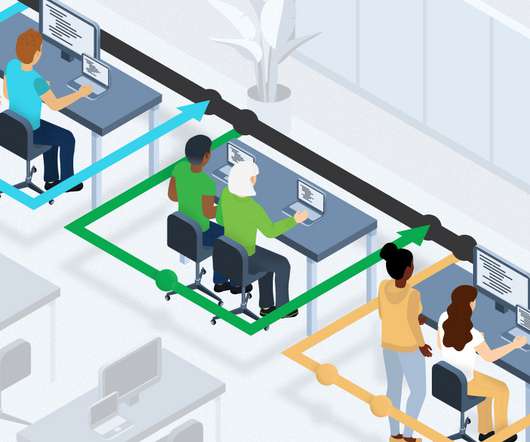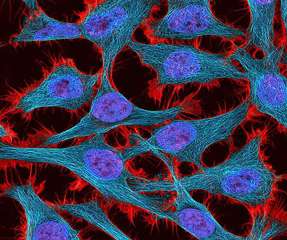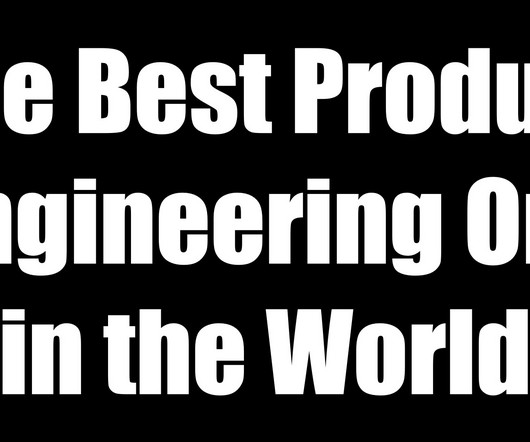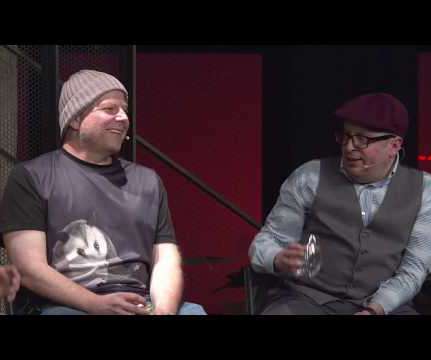Nurturing Design in Your Software Engineering Culture
Strategic Tech
MARCH 16, 2021
There are a few qualities that differentiate average from high performing software engineering organisations. In my experience, the culture is better and the results are better in orgs where engineers and architects obsess over the design of code and architecture. They prefer to work in isolation and just deliver.





























Let's personalize your content